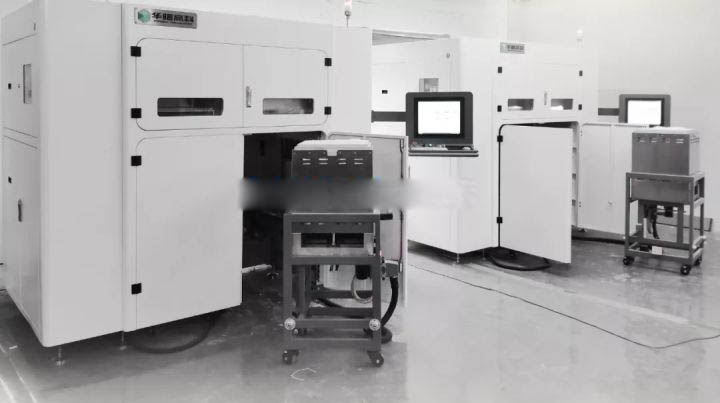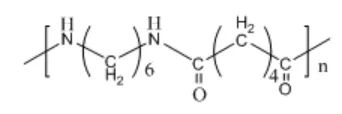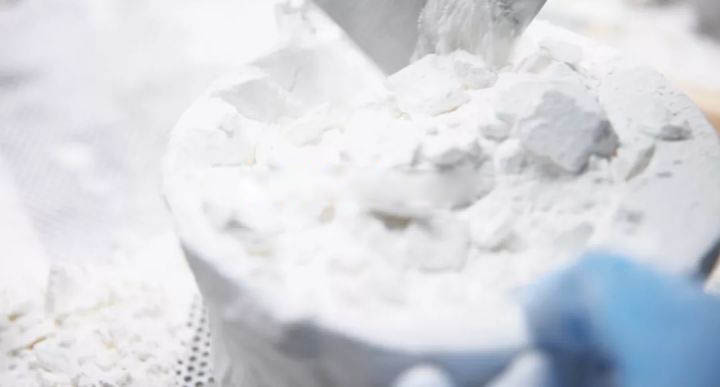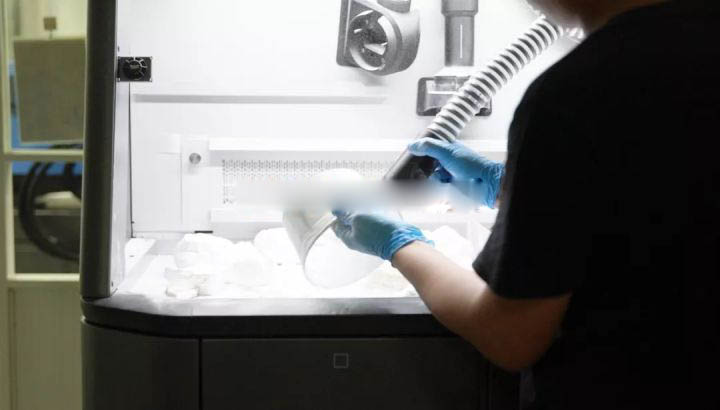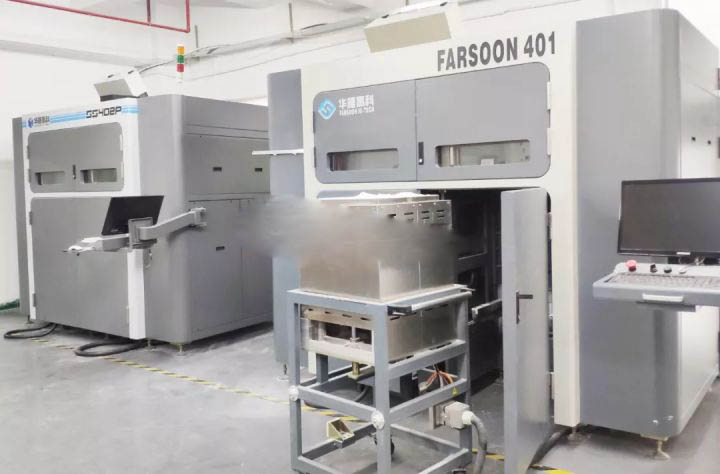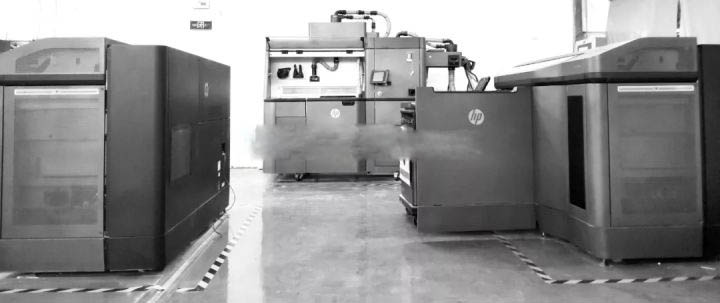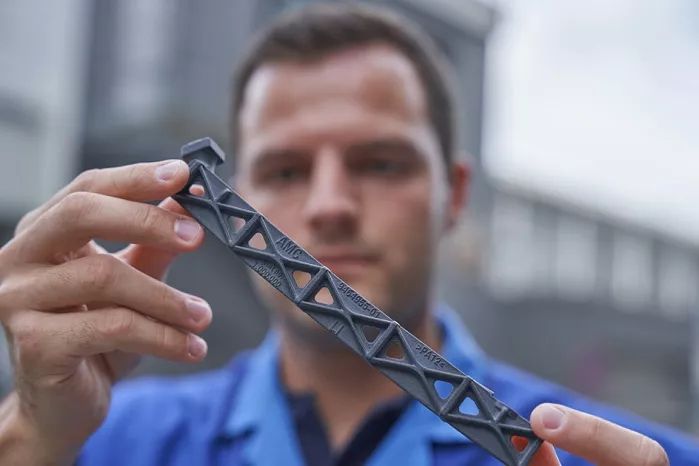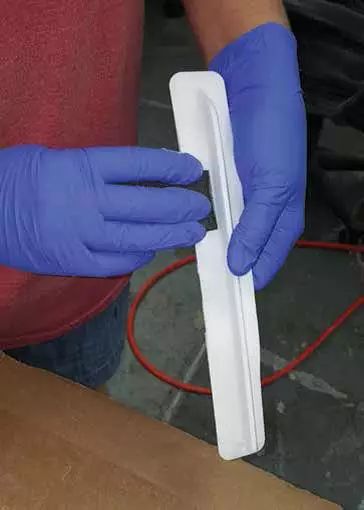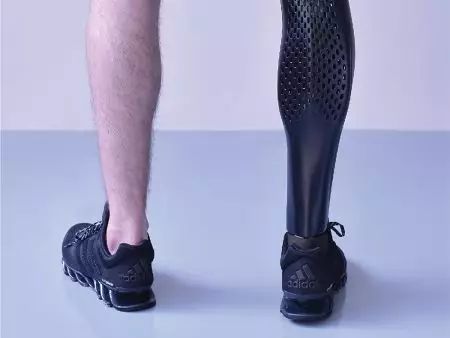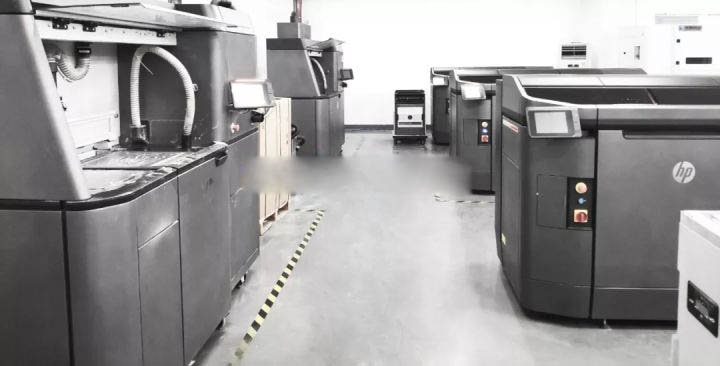About 3D printed nylon material, Just read this one!
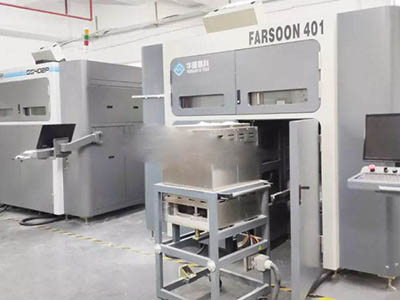
Nylon (PA), also known as polyamide, has a wide variety of materials. Common nylon materials include: PA66, PA6, PA12, etc., which are indispensable in the injection molding industry.
FIG. PA66 molecular structure formula
Similarly, nylon is also one of the most important 3D printing materials in the 3D printing market.Nylon is a synthetic polymer with high abrasion resistance, high toughness, high strength and good heat resistance.These features make nylon ideal for a variety of 3D printing applications.
What are the advantages of 3D printed nylon materials?
Suitable for prototype and functional validation components such as gears and tools, nylon can be reinforced with carbon fiber or glass fiber to provide excellent mechanical properties for lightweight components.
Nylon has high rigidity and flexibility.When you print thinner products, your parts will be flexible, and when you print thicker walls, your parts will be rigid.This is very suitable for the production of parts such as movable hinges with rigid parts and flexible joints.
Nylon printed parts are somewhat grainy, unsupported, and require little post-processing.
Nylon 3D printing can be used to make moving and interlocking parts.This eliminates the need to assemble individually printed parts and allows for the faster production of highly complex objects.
Process
SLS selective laser sintering
More than 60% of 3D-printed nylon powder materials are printed using THE SLS process, and nylon 11 (PA11) and nylon 12 (PA12) are the two most commonly used nylon materials.PA11 has better uv resistance and impact resistance, while PA12 has higher strength and stiffness.There are also reinforced composites, such as fiberglass and carbon-fiber-reinforced nylon, which have better mechanical properties, just as plastic is modified.
MJF multiple jet melting
HP’s own research and development of a new set of 3 d printing process, greatly accelerated the speed of 3 d printing, print one layer, the speed is about 10 times of SLS technology, traditional and nylon powder for MJF highly repeatable usability, redundant powder (70%) can be recycled and reused, will not affect the mechanical properties of the parts.
Matters needing attention
For nylon forming, there will be different requirements for different structures, otherwise it cannot be printed.
For SLS and MJF 3D printing, the wall thickness of your nylon parts should be at least 1 mm.When designing movable hinges, ensure that the minimum wall thickness of SLS and MJF is 0.8mm respectively.
When using nylon in powder bed processes, it is strongly recommended not to design large, flat parts because of the high possibility of warping.
As nylon allows for the creation of moving and interlocking parts, ensure that the parts printed together are spaced at least 0.6-0.8mm apart.
It is recommended to remove nylon powder from parts, especially for parts with wall thickness over 20 mm.To save material and avoid deformation, ensure that at least two vents are considered in the design so that the powder can be easily removed after printing.
The above data is for reference only, the detailed parameter data is mainly based on the parameter Suggestions given by the customer manager after reviewing the document!
Application
The automotive industry produces custom tools, fixtures and fixtures, repeat buckles, lathe guides, hinges and gears as well as prototypes for interior panels, low-heat intake components and antenna covers.
Nylon is also used in Aerospace: Metro Aerospace, an American firm, recently introduced tiny 3D-printed glass-filled nylon blades designed to reduce drag.With this 3D printing process, Metro Aerospace is able to ensure the consistency of its flight-class components, making it easier to obtain FAA approval.
Medical nylon can be used to prototype and create models of educational anatomy, as well as to produce medical end-use components.Basf’s Ultramid polyamide has recently been used to make custom 3D-printed prosthetic sockets.A carbon-fiber reinforced polyamide ensures that the prosthesis remains strong and light.
The consumer goods industry is rapidly increasing the use of 3D printing and is making full use of nylon.Nylon offers a flexible choice in a variety of applications, from mobile phone cases to customizable eyeglasses.The most recent example is Chanel’s 3D-printed mascara brush, which USES SLS technology and is made from polyamide powder.
Conclusion
Nylon 3D-printed materials add many creative possibilities to industrial designers and engineers, creating parts with good mechanical properties suitable for functional prototypes and end-uses.While SLS is currently the most commonly used technology for printing nylon parts, advances in technology and materials mean other technologies are rapidly catching up.Like HP’s MJF technology now, more and more users are trying and accepting the results of this new technology.
